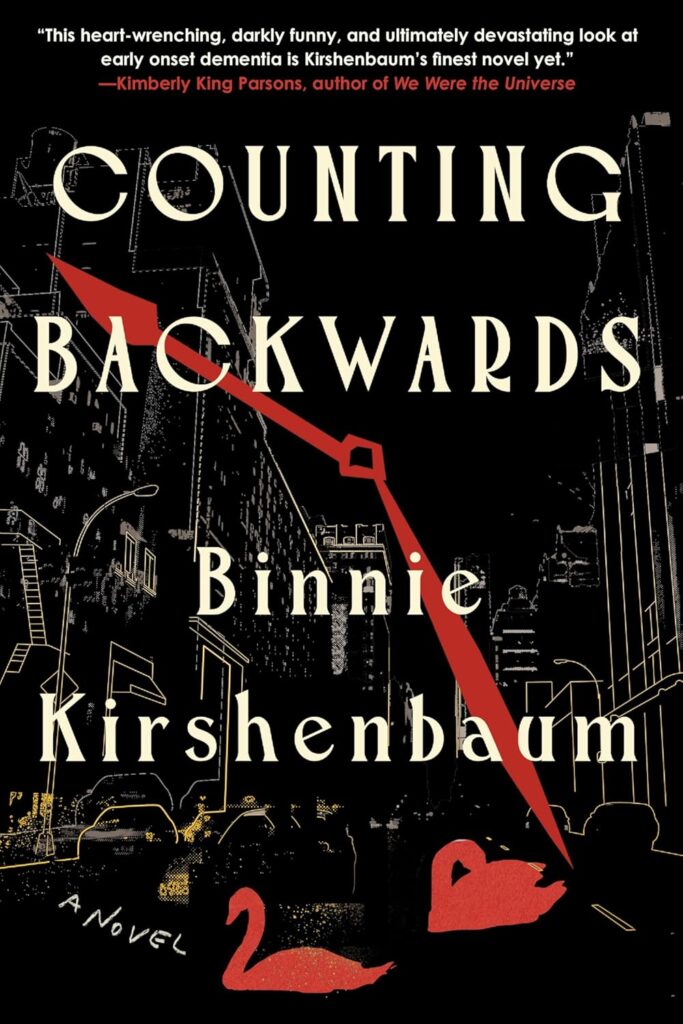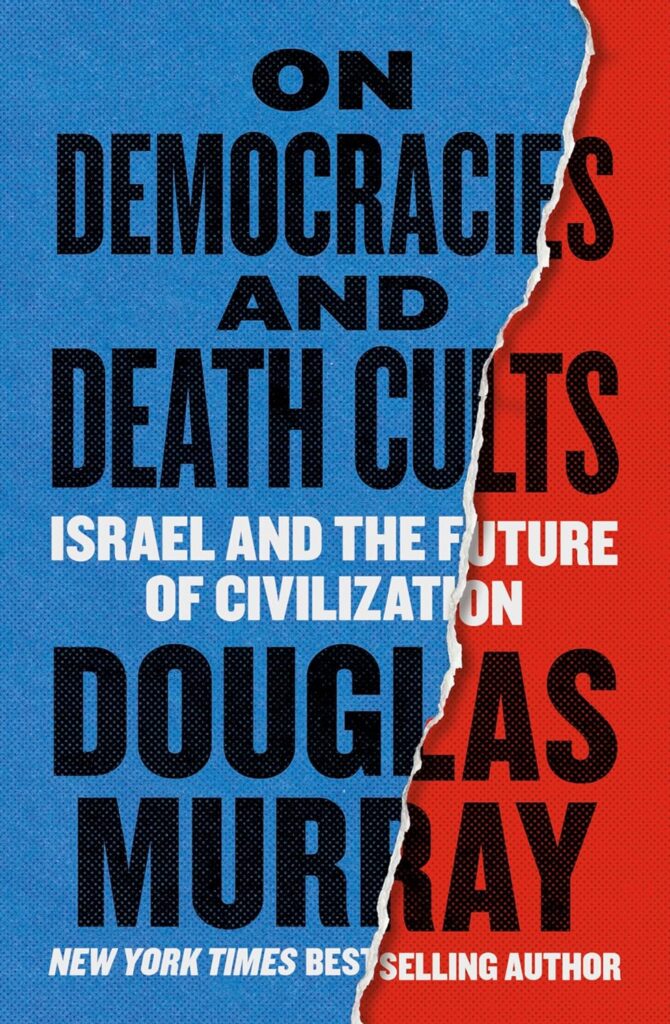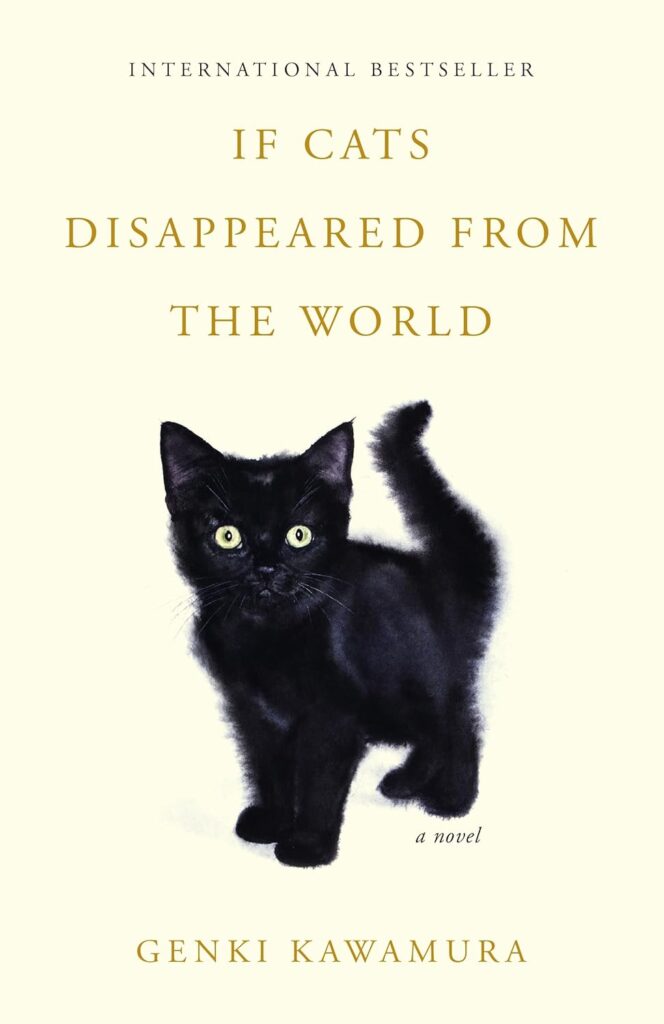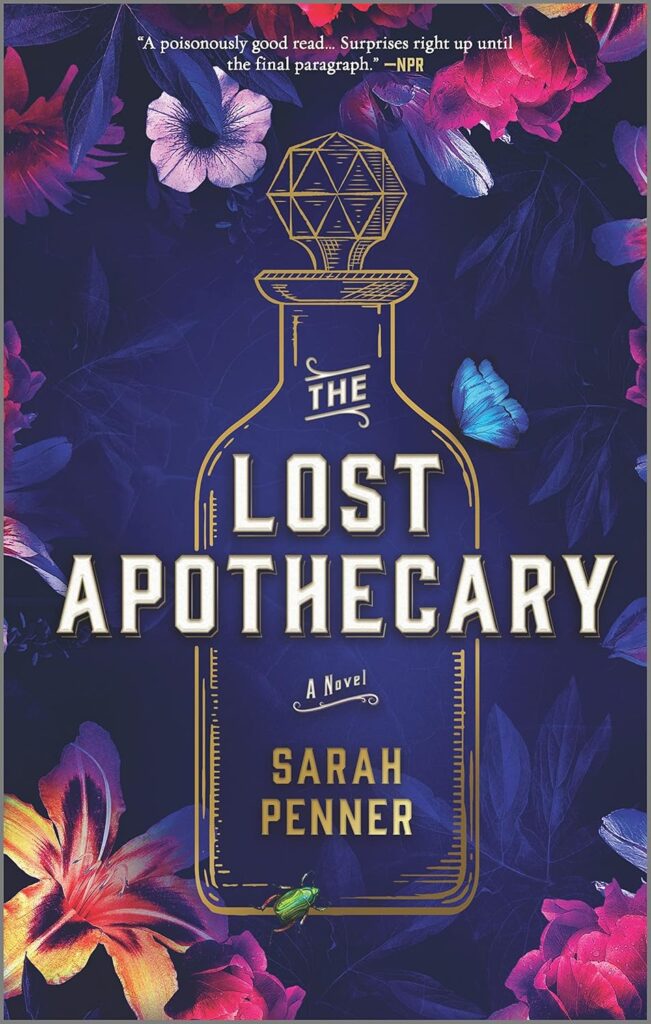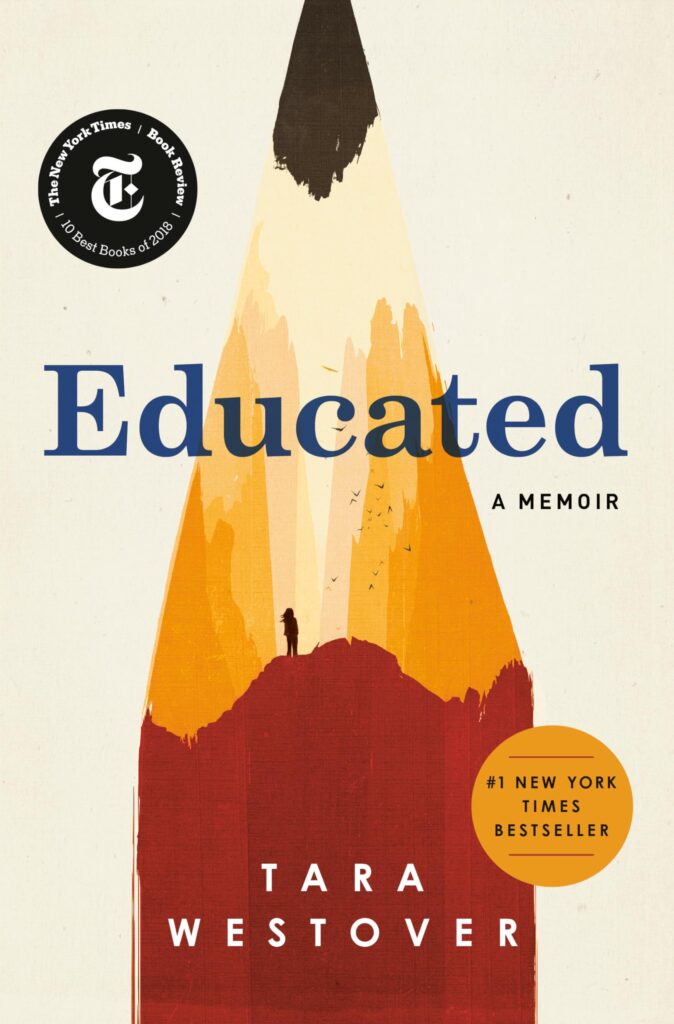Sylvia Plath. The name alone carries a weighty resonance, doesn’t it? Equal parts literary genius and tragic enigma, she remains one of those rare figures who can simultaneously intrigue, inspire, and haunt anyone who dares to leaf through her work. Born in Massachusetts and gifted with an unnerving ability to peel back the layers of the human psyche, Plath wrote with a sharpness that feels as fresh today as it did over half a century ago. Her words? Oh, they cut straight to the quick—stark, raw, and unapologetically intimate.
From fiercely confessional poems like Daddy and Lady Lazarus to her semi-autobiographical novel The Bell Jar, Plath’s writing danced between the extremes of beauty and despair. Yet, it’s not just her personal turmoil or tragic end that keeps her legacy aflame. No, it’s her fearless interrogation of the world—of gender roles, mental illness, and societal conformity—that makes her work uncomfortably timeless. So, why does Sylvia Plath still hold us captive? Perhaps it’s because she dared to write what others only whispered. Or perhaps it’s because she reminds us, irrevocably, of our own fragility. Either way, let’s be honest—once you’ve read her, there’s no going back.
Table of Contents
Early Life and Academic Career
Sylvia Plath’s life was a curious blend of brilliance and turbulence, and like any good story, it all began with her early years. Her childhood and academic journey laid the foundation for the prodigious talent—and the intense personal struggles—that she would channel into her body of work. Let’s peel back the layers and explore where it all started.
Childhood and Family
Sylvia was born on October 27, 1932, in Boston, Massachusetts, to Otto Plath, a German-bred professor with a sharp mind for biology, and Aurelia Schober Plath, an ambitious Bostonian with Austrian roots. Think of them as the ultimate intellectual power couple of their era, minus the matching tweed jackets.
Her childhood had moments of joy but was also marred by tragedy. When she was just eight years old, her father passed away due to complications from diabetes. Now, if you’ve ever read her poem Daddy, you can probably sense the turbulent undercurrents of this loss. Otto’s death left a gaping void, both emotionally and financially, forcing Sylvia’s mother to step into a dual role: caretaker and breadwinner.
Sylvia, alongside her younger brother Warren, grew up in the leafy suburb of Wellesley, just outside Boston. But don’t let the cookie-cutter New England setting fool you—inside the family home, things were, let’s say, intense. Sylvia was precocious, curious, and a bit of a perfectionist. Frankly, she was that kid who got straight A’s but wouldn’t rest until she nailed the extra credit assignment too.
For a deeper dive into Sylvia’s upbringing, you can check out this biography from the Poetry Foundation.
Educational Milestones
Let’s just say this: if academic excellence were a sport, Sylvia would’ve been the team captain—twice over. She began dazzling educators early during her high school years, balancing excellent grades with a budding literary talent. Her works were already finding homes in local publications.
But it was her time at Smith College where Sylvia truly found her intellectual stride (and also, occasionally, lost her footing). She entered Smith in 1950 on a scholarship—because of course, scholarships gravitate toward extraordinary young minds. There, she was practically the poster girl of ambition: editor of The Smith Review, winner of numerous literary prizes, and even interned at Mademoiselle magazine during a brief stint in New York City.
Still, Sylvia’s college years weren’t all rainbows and literary accolades. She endured profound bouts of depression, something she kept hidden beneath an exterior of academic prestige. Her story weaves together light and dark like strands of an impossibly intricate tapestry.
Smith College served as a stepping stone for her Fulbright Scholarship to Cambridge University, but that’s a tale for a later section. In the meantime, you might enjoy exploring more about her Smith years through Smith College Archives.
It’s almost surreal to think someone so young could achieve so much while wrestling with so many internal demons. But that’s Sylvia for you—a study in contrasts, even in these early chapters.
Literary Works and Themes
Sylvia Plath’s writings are often a mirror to her soul, reflecting experiences and struggles that feel both deeply personal and unnervingly universal. Her sharp, confessional style sets her apart, almost like a friend whispering secrets that you’re unsure you should know, but can’t stop listening to. Let’s take a closer look at how Plath poured her life and emotions into her work, turning pain into prose and despair into art.
“The Bell Jar”: Semi-Autobiographical Exploration of Mental Illness and Identity
If ever there were a book that felt like lifting the lid off someone’s thoughts, The Bell Jar would be it. Published under the pseudonym Victoria Lucas in 1963, this novel chronicles the life of Esther Greenwood, a young woman battling suffocating depression while navigating 1950s societal expectations. You might say Esther is Plath’s literary doppelgänger, though that would almost feel like an understatement. The novel walks a fine line between fiction and memoir, making you wonder where Esther ends and Sylvia begins.
Plath paints Esther’s mental illness with vivid, almost visceral strokes—her breakdown is both horrifying and achingly relatable. The imagery of the “bell jar” itself is unforgettable, symbolizing the suffocating isolation that mental illness imposes. If you think the ‘50s were all sock hops and soda shops, Plath’s narrative will give you a sharp jab in the ribs, revealing the crushing weight of societal expectations on women of that era. For an insightful breakdown of the novel’s feminist and psychological undertones, check out this review.
“Ariel” and Other Poetic Works: A Glimpse Into Her Confessional Style
Then there’s Ariel. Oh, where do we begin? Released posthumously, this poetry collection feels like Plath’s unfiltered truth, raw and unapologetically intense. Each poem is a slice of her inner world, bursting with life yet haunted by shadows. Ariel is often credited with cementing her place in the pantheon of “confessional poets”—a term that might sound like something out of a literary niche, but really just means she didn’t hold back.
Themes in Ariel oscillate between the redemptive and the catastrophic: death, rebirth, anger, and transformation all coalesce into a tour de force of language. Take “Lady Lazarus,” for instance, where she reclaims power from tragedy in a way that’s equal parts chilling and triumphant. It’s not just poetry; it’s a reckoning with her demons, dressed up in hauntingly beautiful words. For more on the collection’s intricate themes, visit this analysis.
Recurring Themes in Her Work
It would be remiss not to acknowledge the recurring threads that weave through Plath’s literary tapestry. Her struggles with mental health—yes, those are evident. But there’s also this aching hunger for identity, for a sense of self in a world intent on boxing her in. Themes of personal anguish, motherhood, and the battle against patriarchal constraints ripple through her poetry and prose like an undercurrent you can’t ignore.
Let’s not sugarcoat it: Plath’s work is often dark, but it’s a necessary kind of darkness. It doesn’t wallow; it confronts. She wrote about depression with a candor that was, frankly, ahead of its time. Through poems like “The Applicant” and novels like The Bell Jar, Sylvia waged war on the mundane, unmasking the absurdities of societal expectations in the process. For a deeper dive into these motifs, I recommend this piece on Plath’s recurring themes. It’s like looking at her work through a freshly cleaned lens.
If there’s one thing Sylvia Plath’s readers learn, it’s that she didn’t write to please. She wrote to survive, to examine, to rebel—and in the process, she left behind a legacy that remains both poignant and powerful.
Personal Struggles and Their Impact
Sylvia Plath’s life is a tale suspended between shimmering brilliance and profound darkness. Treasured as much for her poetic skill as for the raw vulnerability she brought to her work, her personal struggles were both a source of agony and relentless inspiration. From her unflinching battle with mental health to her turbulent marriage, Sylvia’s experiences were woven deeply into her creative output, shaping the legacy she left behind.
Mental Health Challenges
When discussing Sylvia Plath, one cannot simply sidestep her battle with depression—it stands as both a tragedy and a transformative force in her writing. Let me paint you a picture: in August 1953, after returning home from a summer journalism program in New York, young Sylvia attempted suicide. Yes, it was grim, and yes, it shaped her forever. Her experience of being discovered days later and committed to a psychiatric hospital seeped directly into her novel, The Bell Jar. The metaphor of the “bell jar” itself—trapping the mind within a suffocating, inescapable glass—echoes her personal turmoil with chilling clarity.
Her mental health challenges were not isolated episodes but part of an enduring struggle that spanned her entire life. Her poetry, bursting with references to despair, renewal, and even death, mirrors this ongoing conflict. Take her infamous poem, “Lady Lazarus,” which confronts her suicide attempts and yet frames her survival in almost defiant, theatrical tones. It’s as if she dared the world to look her pain squarely in the face—and didn’t flinch.
For further insights into how her mental health influenced her work, see Mental Illness and Literary Form in the Writings of Sylvia Plath.
Marriage to Ted Hughes
Ah, Ted Hughes. Now there’s a topic that’s hard to discuss without sighing (or throwing something across the room if you’re Team Plath). Theirs was a marriage that could have been lifted from a Gothic novel—equal parts passion, poetry, and heartbreak. The pair met at a party in 1956, and it was electric. Sylvia famously bit Ted on their very first encounter—quite literally, taking a chunk out of his cheek. Make of that what you will.
Their creative partnership was magnetic but fraught with tension. The marriage brimmed with highs, like their endless poetic dialogues and mutual admiration, but was equally rife with lows, including Hughes’s infidelity. Sylvia’s poetry often reflects this turbulence. During their years together, her verses grew sharper, exploring themes of betrayal, loss, and longing with an intensity that can only be described as breathtaking.
By 1962, their marriage crumbled under the weight of Ted’s affair. This separation marked one of the darkest periods of Sylvia’s life, yet also one of her most prolific. The collection Ariel—written during and after their split—emerged as a literary triumph, channeling this chaos into raw, unforgettable brilliance. It’s hard not to wonder: Could Sylvia’s creative genius have flourished without such torment?
For a deep-dive into the complexities of their relationship, visit The Grief of Influence: Sylvia Plath and Ted Hughes.
Legacy and Posthumous Recognition
When we talk about legacy, few names evoke as much debate, admiration, and intrigue as Sylvia Plath. She wasn’t just a poet—she was an unapologetic force who reshaped the landscape of literature and then left us grappling with her absence. Even today, her name carries a kind of reverence, like whispering about someone powerful but untouchable. Let’s dive straight into what keeps her legacy burning brightly.
Impact on American Poetry
Sylvia Plath didn’t just contribute to American poetry—she practically tore it apart and rebuilt it with her own hands. And that’s not hyperbole. As a leading figure in confessional poetry, she had the audacity to write about her innermost thoughts, pulling back the curtain on topics that were, dare I say, socially taboo at the time. Imagine that: laying bare the gritty, ugly truth of human experience during a time when everyone else was still busy writing polite sonnets about trees.
Her peers, like Robert Lowell and Anne Sexton, were treading similar confessional territory, but Plath’s style was uniquely visceral. Lowell gave us the foundation of confessional poetry, Sexton added a sultry glamour, and Plath? Well, Plath picked up their tools, broke them in half, and used the splinters to carve her own path. She wrote what many feared to even think, with a rawness that bordered on ferocity. Want proof? Just look at her infamous poem “Daddy”, where she took familial trauma and turned it into art so cutting it could filet a fish. Critics often group her oeuvre alongside Lowell’s and Sexton’s, but frankly, she’s the anchor of that triumvirate.
For a more detailed comparison of her relationships with contemporaries like Sexton and Lowell, check out Lowell, Plath, and Sexton in the Same Room.
Posthumous Publications and Awards
Here’s the kicker: Sylvia Plath’s brightest hour came after her darkest moment. In 1981, nearly twenty years after her tragic death, her “Collected Poems” was published, edited by her estranged (and controversial) husband, Ted Hughes. The collection unveiled a treasure trove of works, some of which had never seen the light of day during her lifetime. Reading it feels, ironically, like stumbling into her personal diary—poems unvarnished, dripping with raw emotion.
Fast forward a year, and Plath achieved what no other poet had done before: a posthumous Pulitzer Prize. Yes, she became the first to receive such an honor after death, cementing her place as a literary giant. It’s bittersweet, isn’t it? To see the world finally recognize her brilliance after it was too late. If you want to geek out over the Pulitzer specifics, explore The Collected Poems, by Sylvia Plath.
Cultural and Feminist Interpretations
Now, let’s make a sharp left turn into feminist readings of Sylvia Plath—that minefield of glorification, debate, and, let’s face it, occasional misinterpretation. Sylvia’s work isn’t inherently feminist in the sense that we might expect. She wasn’t waving banners or marching, but oh, she was dismantling societal expectations with every line she penned. Think of her as the quiet revolutionary—less placards, more poetry.
Take “The Bell Jar” for instance. It critiques the crushing expectations of 1950s womanhood while offering a haunting portrayal of mental illness. Feminist scholars often cite her writing as a window into gender inequality and systemic pressures that leave women gasping for air like, well, being stuck under a bell jar. Through her poetry and prose, Plath held up a mirror to domestic life and revealed its cracks. As women read her work, they don’t just see Plath—they see themselves.
However, there’s a twist in the tale. Some argue her works shouldn’t be boxed into feminist theory. After all, her writing style focuses on deeply personal crises, which transcend gender. You decide. For an intriguing dive into this ongoing debate, I recommend The Power of Plath | Sylvia Plath’s Feminism.
So here we are, decades later, and Sylvia Plath isn’t just a name on a library shelf. She’s a symbol, a subject of endless academic study, and a voice that refuses to fade, no matter how much time passes. Isn’t it strangely poetic that a writer so consumed by fragility and impermanence should leave behind such an indelible mark?
Conclusion
Sylvia Plath’s legacy is nothing short of extraordinary. Her writing reshaped what literature could—should—be, fearlessly grappling with mental health, identity, and the suffocation of societal norms. Through her confessional style, she extended a hand to anyone grappling with the overwhelming weight of existence, saying, “Here, I’ve been there too.”
Even now, decades after her death, her work remains hauntingly relevant, a lifeline for readers navigating the complexities of their own inner worlds. Plath didn’t just write; she bore witness, and in doing so, she gave raw emotion a universal language.
So, what do we take from all this? Perhaps it’s a call to reread her work, to sit with her words and let them unsettle us in the best way possible. Or maybe it’s a simple reminder: like Plath herself, we don’t need to tie our value to perfection. After all, even the most fragile voices can leave indelible marks. Wouldn’t you agree?










